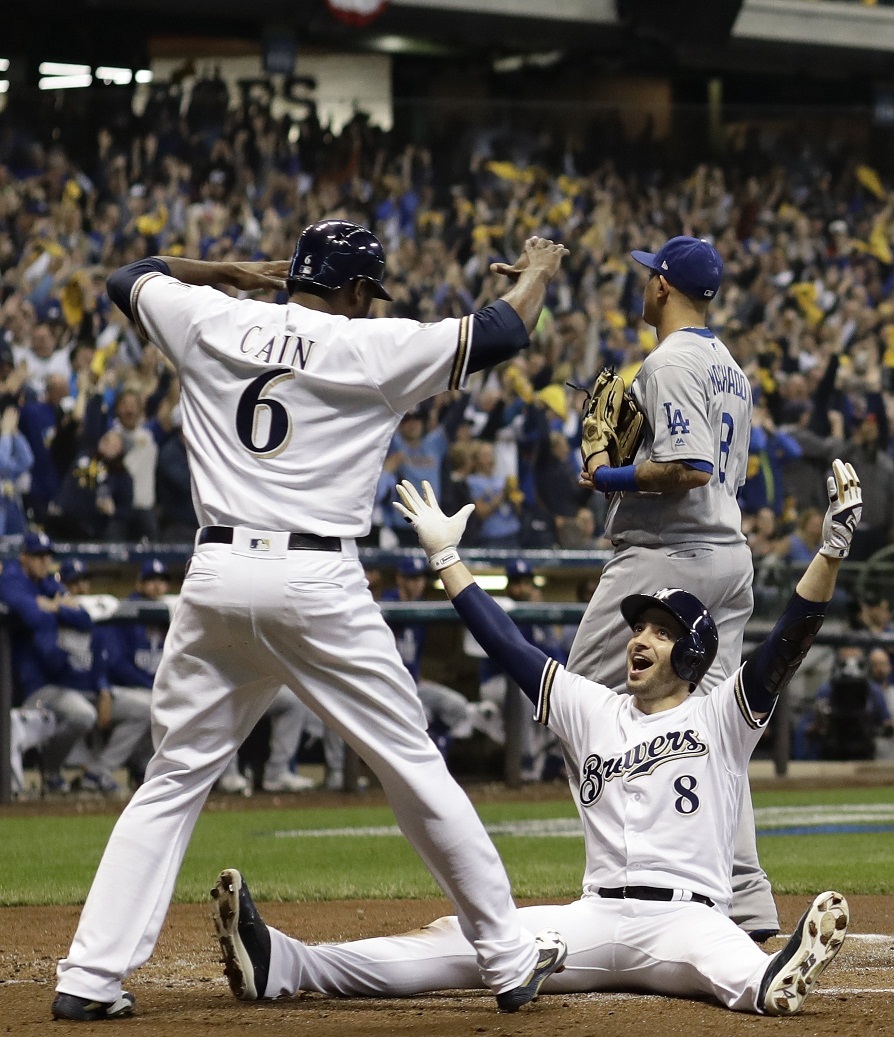
CARLSBAD, Calif. (AP) — Major League Baseball and its players’ union likely will not decide until the eve of spring training whether to change rules in an effort to increase action on the field next year.
Deputy Commissioner Dan Halem said Thursday as the annual general managers’ meetings ended that there was no consensus for change yet. More discussions will take place when owners gather next week in Atlanta, the union’s executive board convenes in late November and major league executives go to Las Vegas for the winter meetings in mid-December.
Topics being discussed include the increased use of defensive shifts, the decrease in innings thrown by starting pitchers and technology that aids sign stealing. A possible 20-second pitch clock and alterations to rules for waivers, trade deadlines and disabled lists also are being talked about by a tradition-bound sport resistant to change.
“We’re an entertainment product. Certainly, we want to play the game in a way that’s compelling for our audience, including the younger audience,” Halem said. “We’re constantly looking at the way the game is changing organically and trying to balance the competitive issues with our clubs and our GMs doing everything possible to win versus what those decisions result in in terms of the product on the field. And it’s not an easy balance, but we work very hard at it.”
Agreement with the union is necessary for playing rules changes, but management has the right to unilaterally implement a new playing rule with one year advance notice. Commissioner Rob Manfred had the right to mandate pitch clocks for 2018 but backed off when the union refused to agree, and he retains the ability to order clocks for 2019.
MLB did initiate limits on mound trips without pitching changes in 2018, and the average time of a nine-inning game dropped to 3 hours, 44 seconds during the regular season from 3:05:11 in 2017 — although it rose to 3:34:50 this postseason from 3:29:28 in 2017.
“It’s going in the right direction,” Halem said.
Non-playing rules changes require agreement with players. Halem called the situation fluid, said he isn’t certain when management and the union will meet and set spring training as the deadline to determine any actions.
Manfred has said the sport is examining whether it should attempt to manage the evolution of on-field play in an era when strikeouts topped hits for the first time in 2018 and the big league batting average dropped to its lowest level since 1972, the last season before the American League adopted the designated hitter. Strikeouts have set records for 11 straight years as more pitchers throw harder and teams more frequently bring in relievers.
“I think the commissioner has said we’d probably like to see more balls in the play,” Halem said.
There was just one trade announced during the four-day session: Seattle acquired speedy outfielder Mallex Smith from Tampa Bay as part of a five-player trade that sent catcher Mike Zunino and outfielder Guillermo Heredia to the Rays.
Most general managers said their focus is winning under the current rules.
“I just react to whatever’s happening and do everything I can to try to put our team in position to score more runs than the other team,” Los Angeles Dodgers president of baseball operations Andrew Friedman said. “I can understand from a fan perspective the increase in strikeouts obviously then decreases the action in a game and how that can be something that’s not landing well right now — and I totally appreciate that.”
Agent Scott Boras on Wednesday attributed the 4 percent attendance drop this year to the decisions by several teams to jettison veterans in favor of rebuilding — which cuts the money spent on contracts for players, including his clients.
“I certainly don’t agree with that characterization,” Halem said. “I don’t and our owners don’t believe that there’s any connection between the rebuilding process and overall attendance. There are a variety of reasons for our attendance numbers. We had poor weather,”
There were 54 postponements, the most since 1989, and 26 were higher-drawing weekend games. Manfred said 35 games in April had a temperature of 40 degrees or less.
“A lot of people like the way the game is being played right now. Other people would like to see more balls in play,” Halem said. “So on any of these issues I don’t think there’s a right answer. And some of these trends may be cyclical, too, and will reverse themselves, because our clubs are very competitive, and as soon as one club starts doing something that’s successful, reducing their strikeout rate as a team, for example, then other clubs follow.”













